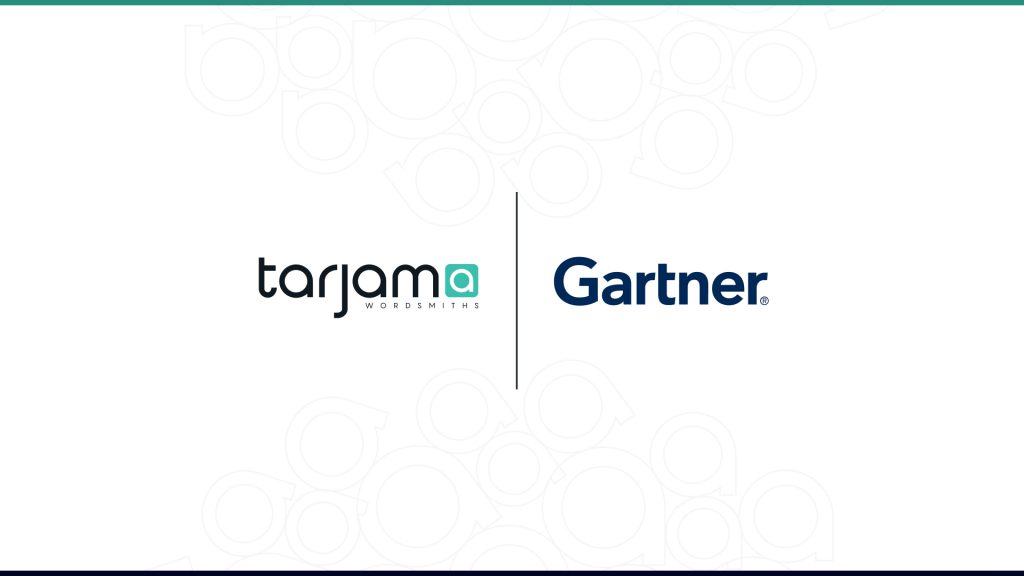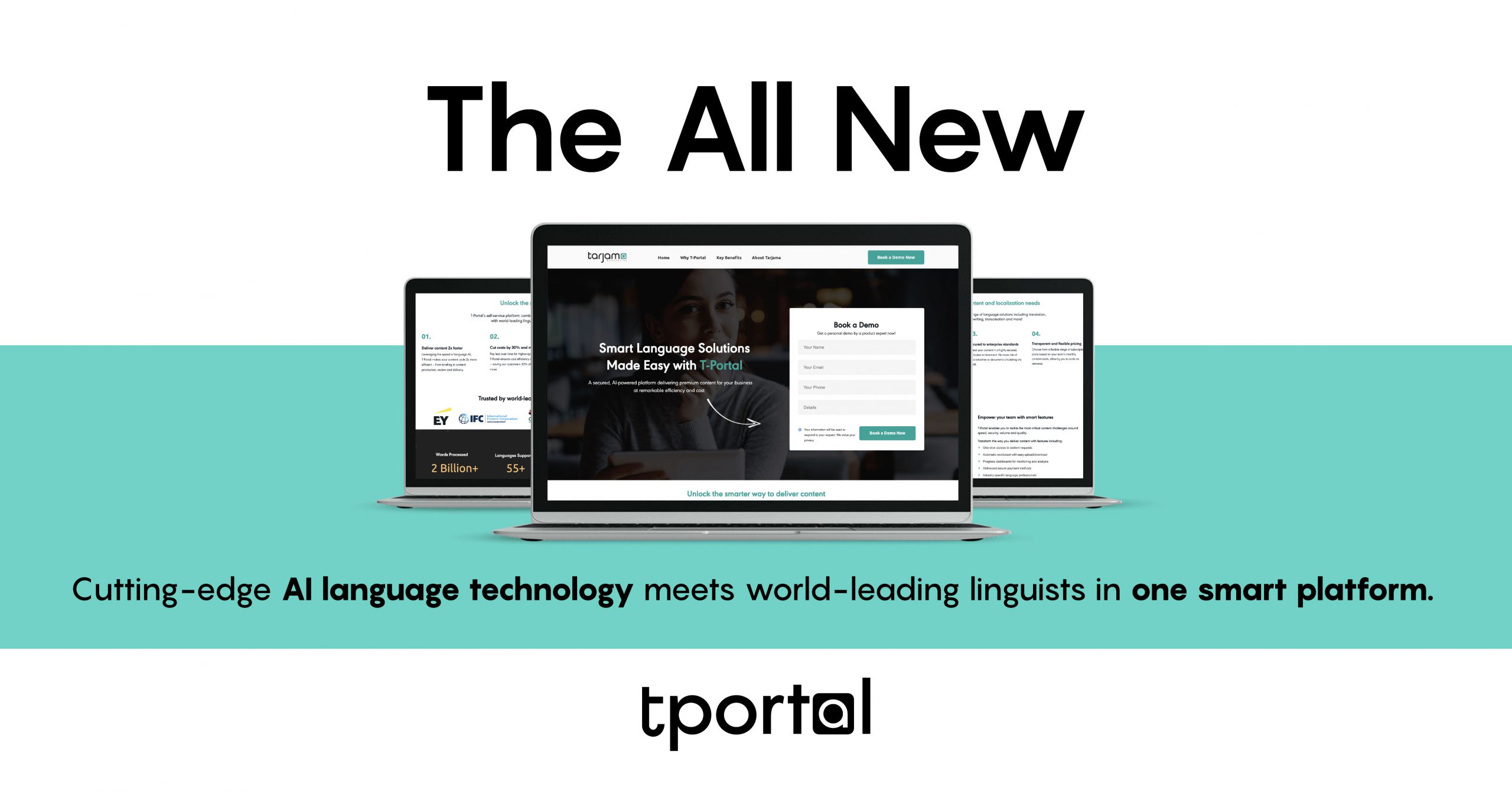Whether you’re a fresh or seasoned marketer, you’ve probably heard how “content is king.” Instead of being bombarded with outbound (traditional) advertising, more and more people want to get to know you through the valuable information you have to offer.
Lucky for you, inbound marketing – like blogging – costs 67% less per lead[1] than traditional marketing. Inbound leads also achieve approximately 14.6% close rate in comparison to only 1.7%[2] for outbound leads.
So without further ado, let’s get down to business…
Writing your first blog post can be scary, and that’s normal. But when you’ve done your homework, a lot of the tension that comes with the ambiguity of not knowing what to expect is eased.
Before you start researching topics, let alone writing your first post, you must have one very important thing figured out: your brand persona and tone of voice.
The Branding Exercise

Are you the brand, or are you writing on behalf of a brand? In either case, you need to know how you wish to be positioned in the market and perceived by your audience. It also takes two to tango, so a great deal of honing your brand identity involves knowing precisely who your audience is.
With concrete understanding of your brand and your target audience, it becomes easier to decide how you want the blog to sound like.
Is it fun, upbeat, and embeds information in entertainment? Is it professional, grounded, and leans towards informative reads? Are you flexible with listicles, or do you solely commit to the classic article format?
It’s great to ask as many questions as possible in the early stages of building your blog. And a great way to ask the right questions is to read a lot of competitor blogs. Not only does the exposure teach you about the different styles to choose from, it gives you a real feel of the end result.
Only when you’re confident about your brand voice and your target persona can you start thinking about your first blog post.
Kickstarter Ideas for Your First Blog Post

A blank page can be the perfect daunting recipe for a writer’s block. So don’t feel discouraged if it takes you a while before words start transpiring on paper. To help you get things going, here are a few first blog post ideas:
- Introduce yourself: If you’re fairly new to the market, you can write about the brand founders and how they brought this business to life. However, if you’ve been in the market for a while, try giving your readers a glimpse into something that hasn’t been made public before – like the personal story of the CEO for instance.
- Write about your values: Oftentimes, the values behind the services and products you provide give your business leverage over competitors. They also give your prospect clients something genuine and moral to connect over.
- Inspire your audience: While everyone is trying to find their big break, inspirational stories can be the fuel that keeps us going. The beauty of inspiration is that it’s found in failure as much as it’s found in success – all it takes is a moment of truth and the wisdom to deduce real value from life’s teachings. Opening up to your audience about the challenges that led up to where you are now gives your story depth and exposes you in a more human light.
- Share your market knowledge: There’s no better way to win someone’s trust than by being a pro. Whether you base your knowledge on extensive research or on-ground experience, it’s always valuable to share your two cents on critical and controversial topics with your audience.
The Building Blocks of a Blog Post

The long wait is finally over; it’s time to start writing.
Here’s a useful tip that will speed up your writing process and minimize editing time: Try jotting down your article’s blueprint before your start writing. This helps you evaluate how flowing your ideas are and enables you to reorder topics for better structure.
1. Text
One thing is for sure; no matter how the article flows, it must begin with a solid hook. Also known as “lede”, the first paragraph is critical because it either grabs your reader’s attention or forever loses them.
Make sure your lede is short and to the point. Within the first two paragraphs, your reader must be aware of blog post’s exact topic.
There are multiple ways to write a good lede that hooks your readers in. Try using quotes, interesting facts or statistics, or maybe even an intriguing, food-for-thought question.
The first few paragraphs are usually the hardest. You’d be surprise at how flowing the rest of the article gets once you’re past the lede. However, beware of getting caught up in the moment and boring the readers with information that is redundant or irrelevant to the topic.
To avoid overwhelming your readers, try breaking up the body with subheadings. This gives your readers a breather in case of long reads.
Once the article has matured and reached a point that calls for closure, try wrapping up with call-to-action, a glimpse into future plans, or an open-ended question.
Whatever you do, don’t just recap everything you said using words like “in conclusion.” This is neither class nor a slide presentation.
2. Visuals
The beauty of publishing online is that you can turn your blog post into an immersive experience with a rich variety of visual elements. From photos to infographics, videos, and even GIFs, the visual element adds fun to your content and helps draw a clearer picture for your readers.
The internet is packed with albums upon albums of photos. While most of them are accessible, be a champ and make sure they are licensed under Creative Commons before using them. Otherwise, you can subscribe to any of the zillion stock image collectives and feast on endless photos to freely choose from.
3. Sourcing and Credits
The final stage of building your blog post is giving due respect to the people who deserve it. No one is a know-it-all in the literal sense. That’s why to give your blog content credibility, it’s great to hyperlink any report findings or statistics to the original source you got them from.
This applies to photos as well. Always make sure to properly credit the photos you use whenever possible. It’s the least form of appreciation to a photographer even when you haven’t bought their work.
It’s a Wrap!

If you’ve made it all the way to this point in your blog post, then well done! But before you check this task off your list, here are a few more steps that will guarantee your blog post gets the best possible feedback:
1. Proofread
It’s very common for writers, even the most nuanced, to miss ridiculous faults like typing ‘the’ twice or writing ‘they’re’ instead of ‘their’. Because your mind is so invested in the blog post you’ve just finished, it’s advised to take some time before you go fishing for punctuation, spelling, or grammar mistakes. Otherwise, you can run it by a professional copyeditor or proofreader to make sure it’s good to go.
2. Enhance SEO
At this point, you must have put too much effort into the blog post to risk not having it found. In order for your blog post to drive traffic to your website, you need to include topic-specific keywords. This process is commonly known as search engine optimization (SEO).
It’s completely fine if you’re not experienced in SEO. You can always outsource a pro to enrich your blog post with SEO keywords.
3. Share it online
The moment you’ve been waiting for has finally arrived. You can now press the ‘publish’ button.
If your brand is active on social media, it’s always great to share your blog post across your channels along with a captivating caption to entice readership.
If you’re still struggling with writing your own blog content, our team of professional, industry-specific writers can take care of it for you.
Get in touch or request a quote today!
[1] Adam Rowels 2015, Inbound vs Outbound Marketing, Inbound Marketing Agency, accessed 27 January 2020, <https://www.inboundmarketing.com.au/inbound-vs-outbound-marketing/>
[2] Raza Kazi 2019, Why is ‘Outbound vs Inbound Sal





















